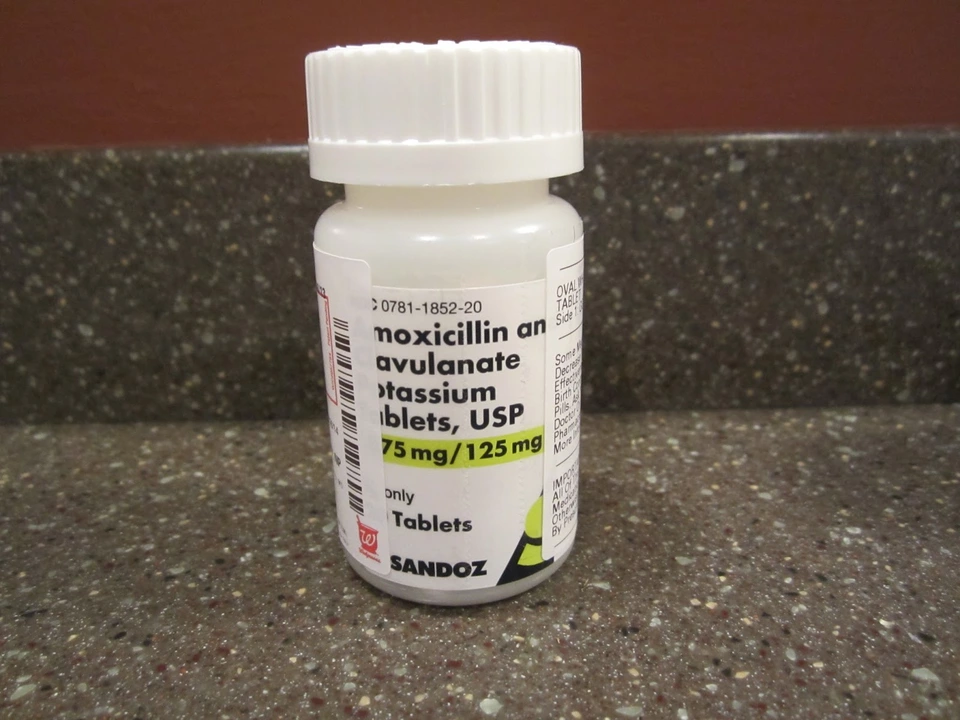Strep throat: what to watch for and what to do
Not every sore throat is strep. Many are viral and get better on their own. Strep throat, caused by group A Streptococcus, needs a different approach. Left untreated it can lead to complications, so spotting signs and getting tested matters.
Classic strep symptoms include a sudden, painful sore throat, high fever, swollen and red tonsils often with white patches, and tender lymph nodes in the neck. Cough, runny nose, and hoarseness point more toward a virus. Kids may also have stomach pain or nausea. If someone in your household was just diagnosed with strep, your risk is higher.
Testing: how doctors confirm strep
Clinics usually use a rapid antigen detection test (RADT) done from a throat swab. It gives results in minutes. If the rapid test is negative but suspicion stays high—especially in children—your provider may send a throat culture. Cultures take longer but are more sensitive. Don't rely on symptoms alone; testing keeps antibiotics targeted and effective.
Test at urgent care or with your doctor if you have a high fever with sore throat, visible pus on the tonsils, swollen neck glands, or recent contact with someone with strep. Most walk-in clinics and pediatric offices can test you the same day.
Treatment: antibiotics and how to use them
Strep is bacterial, so antibiotics treat it. Penicillin or amoxicillin are the usual first choices. They shorten symptoms, lower the risk of complications, and make you noncontagious after about 24 hours of treatment. If you're allergic to penicillin, doctors often prescribe azithromycin or another suitable alternative.
Finish the whole prescribed course even if you feel better after a day or two. Stopping early can let the bacteria survive and increase resistance. Don’t try to get antibiotics without a proper prescription—online sources that skip testing can be unsafe and illegal.
Side effects are usually mild—stomach upset or diarrhea. Tell your clinician about allergies, other meds, or pregnancy before starting antibiotics.
Home care helps symptoms while antibiotics work. Use acetaminophen or ibuprofen for fever and pain (follow dosing instructions). Gargle warm salt water, sip cool drinks, eat soft foods, use throat lozenges if age-appropriate, and rest. A cool-mist humidifier can ease throat dryness.
Keep germs from spreading: wash hands often, avoid sharing utensils, cover coughs, and stay home from work or school until you've been on antibiotics for 24 hours and feel better. Replace your toothbrush after two days on antibiotics if you want to be cautious.
Go to urgent care right away if breathing becomes hard, there’s drooling, severe neck swelling, trouble swallowing, or a very high fever. These signs can mean complications like a peritonsillar abscess that needs prompt treatment.
If you’re unsure whether it’s strep, see a clinician for testing. Quick diagnosis and the right treatment make recovery faster and keep others safe.

How azithromycin can help treat strep throat
Apr 27 2023 / Health and MedicineAs a blogger, I recently discovered how azithromycin can help treat strep throat. Azithromycin, a type of antibiotic, works by stopping the growth of bacteria causing the infection. It's a popular choice because it's taken for a shorter duration and has fewer side effects than other antibiotics. Many people find relief within 24 hours of starting the medication, but it's crucial to complete the entire course to prevent reinfection or antibiotic resistance. Overall, azithromycin provides a convenient and effective option for treating strep throat, getting us back to feeling better quickly.
VIEW MORE